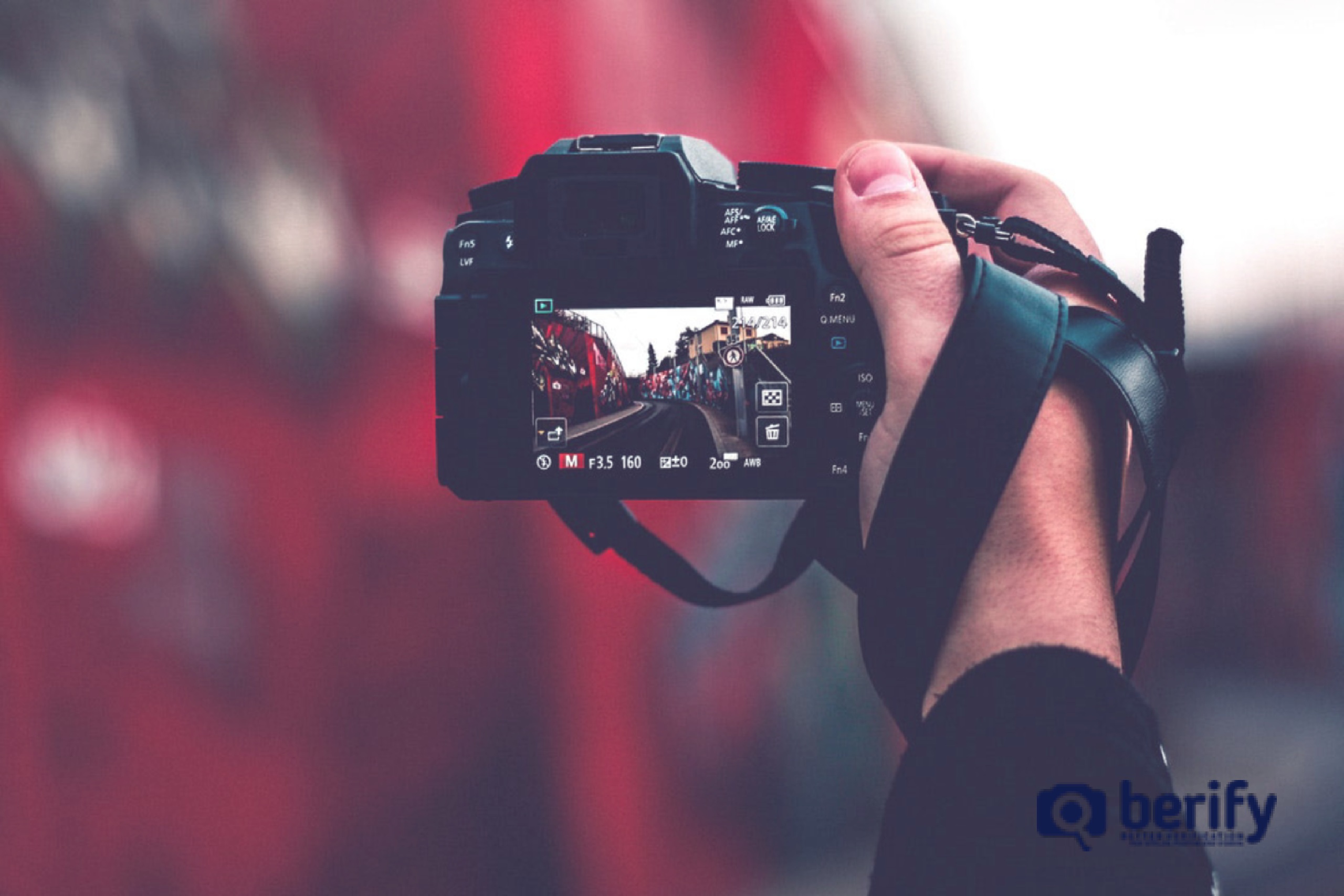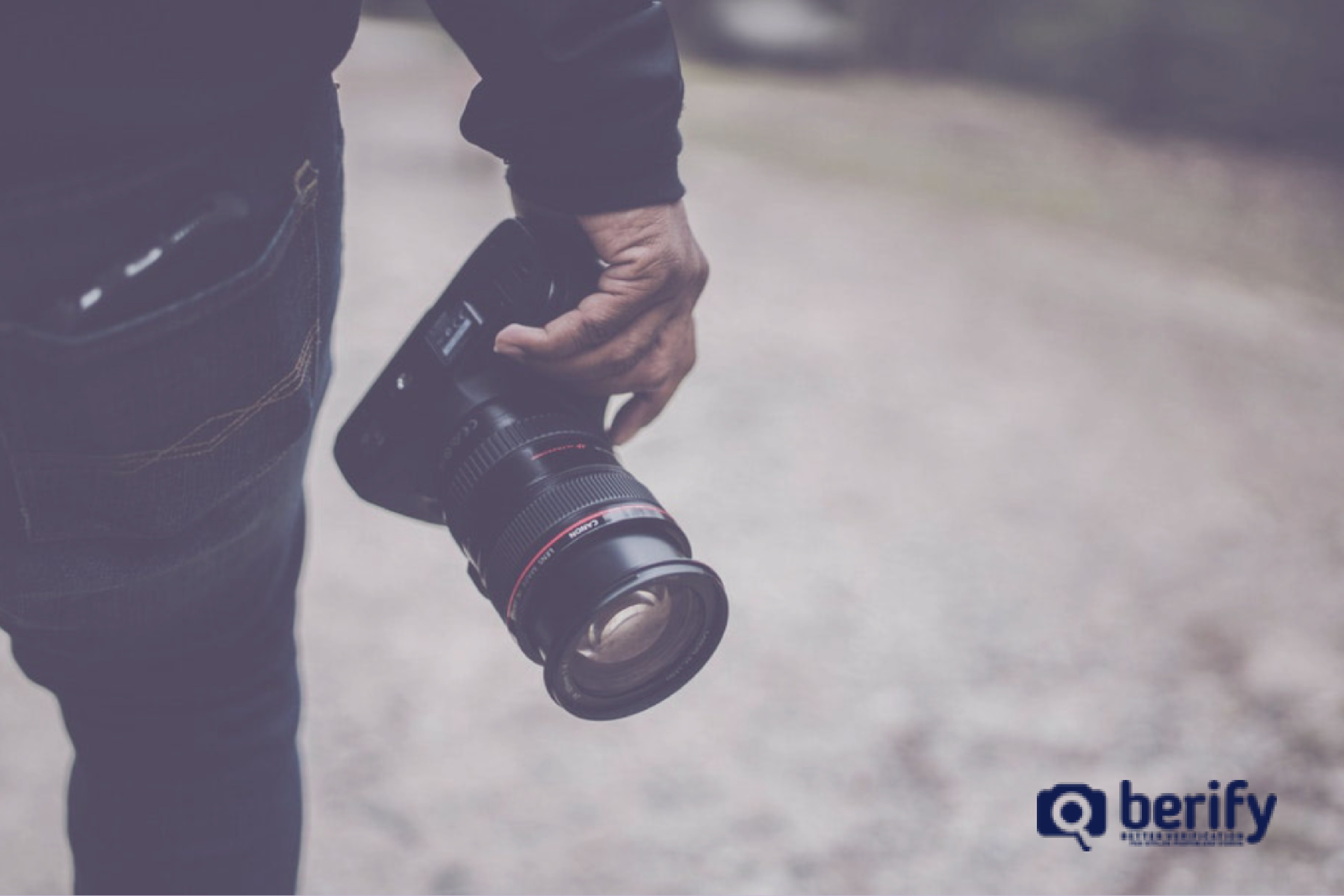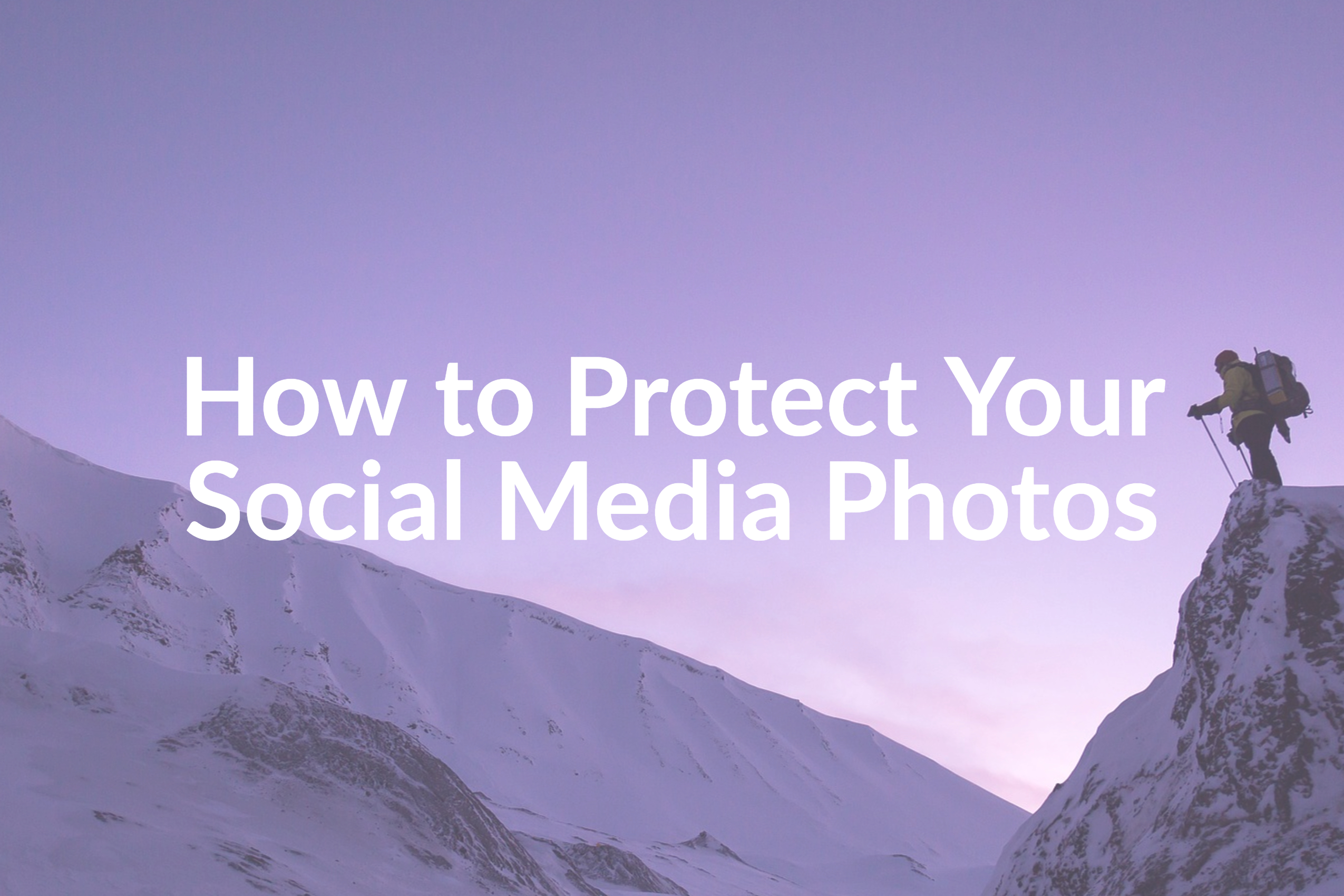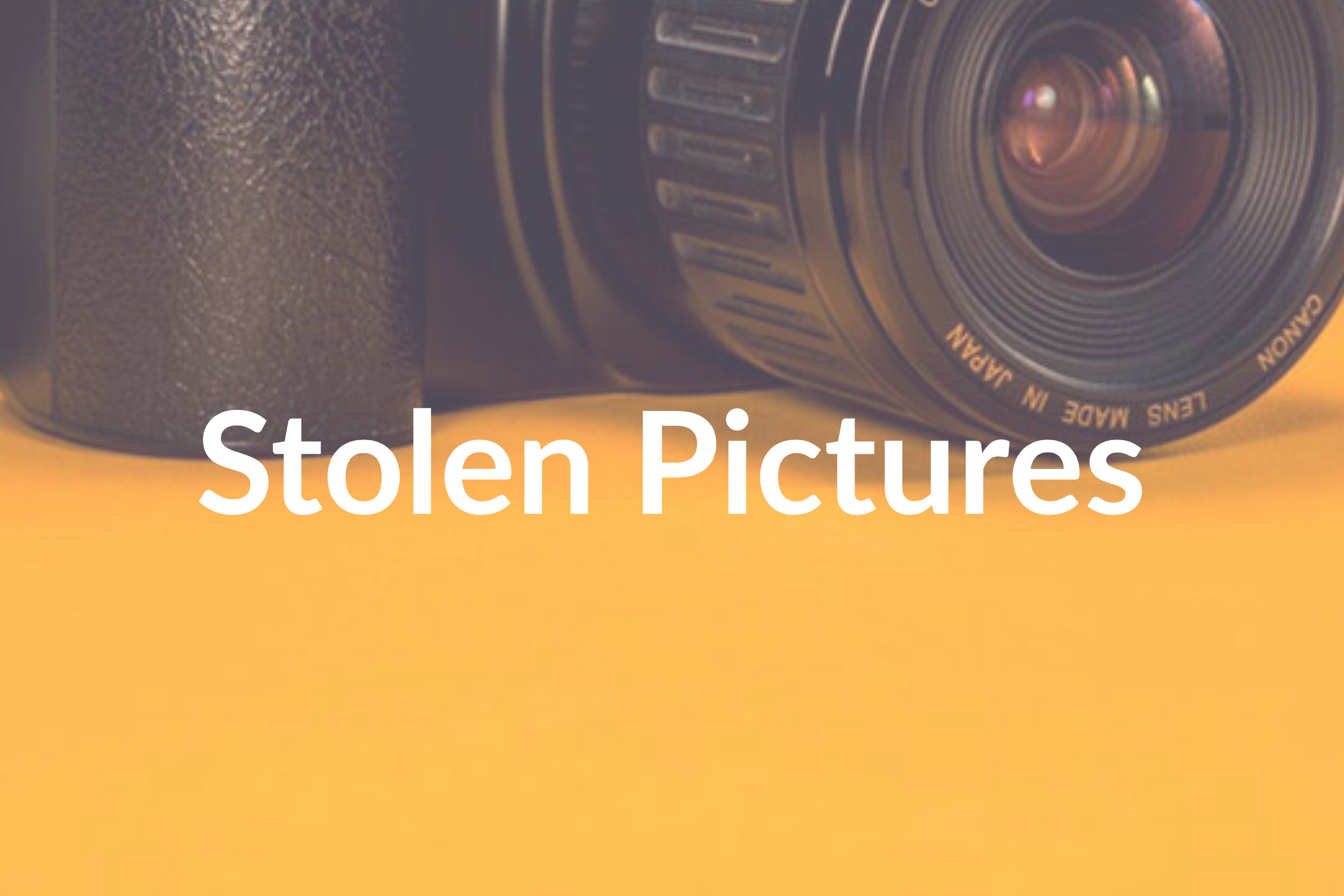[Photographers] Learn How to Protect Your Pictures Online
Are you someone who makes money with personal photographs on the internet? Does your hard-earned cash come from Instagram, Flickr, or your website? Have you ever come across someone else using your pictures without permission? Is so, keep reading to learn how to protect your pictures online.
Photography is an ever-expanding business, taken to new heights in this burgeoning era of sociality. There are hundreds of thousands of new photographers getting their businesses off the ground, or promoting their personalities. It’s easier than ever to take someone else’s photos and pass them off as your own.
When photography is not only your art but your income, finding your content has been stolen online is upsetting. It can impact both contracts and contacts, revenue, and can tarnish your reputation if your photography gets associated with products, messages, individuals, or brands you do not want to promote.
So what do you do if you find yourself a victim of such theft?
Well first off:
Always Make Sure You Have Proof
It’s super easy to take a screenshot with a phone, laptop, or tablet. To make sure that the offender is held responsible, you need to be able to have proof that they have indeed stolen your intellectual property.
Also, take the time to find out their contact information, or any other way to get a hold of them. Once you have this, it’s time to proceed to the next option.
Rank Your Content by Popularity
Get an idea of which content might be the most vulnerable. First, survey your social media from Instagram to Facebook and more. Take note of your most “liked,” shared, popular, or commented on images. The images or content which have the most attention are the ones that thieves will look for first. Some of this might be by everyday users or bloggers, who admire an image and don’t think about copyright infringement or the ramifications. Other times it is a person, venture, or business intentionally trying to capitalize on your hard work.
If social media isn’t your upload destination or where fans gather, then use Berify to test which images have been popular. This reverse image search engine will show the results by the frequency with which the results appear and can also help immediately pinpoint any stolen images through your review.
Contact the Copyright Violators
Your photographs are your intellectual property. They belong to you, and as such, are protected under the Copyright Act of 1976. If someone is using your photographs without asking, send them an email, or another form of contact, asking them to take it down and reminding them that it is yours. If you decide to let them use the photograph, make sure that they credit the image as yours, if you don’t decide to seek payment for it.
Send a letter explaining that you found your image on their website and that it is in violation of your copyright and needs to be taken down. If the person does not respond or take down the picture, send a “second attempt” letter with an added warning. Another step for stubborn online photography thieve is to post the same information about your copyright beneath the image if it’s being used on social media or in a blog or advertisement. Sometimes this gets faster notice.
DMCA (Digital Millennium Copyright Act)
Take DMCA along with Step 2 (making contact), instead of, or after attempts at a peaceful resolution have failed. As the Act is now a U.S. Law, people often take notice, and some social media sites (Facebook being one example) have made it easy to claim their website.
If you’ve tried contacting them and heard nothing back or got a flippant reply, it’s time to pop your knuckles menacingly and startup on a DMCA Takedown Notice. The DMCA protects copyrighted images, videos, text, and music found online. Filing one of these bad boys can help to protect your copyrighted brand. You can find templates for the form online.
The only drawback to this choice is that the Takedown Notice works for only one location. If your photograph is used in more than one place, you’ll have to file multiple notices.
Get a Lawyer for Copyright Infringement
Lawyering up is the most expensive option, but will provide a more comprehensive safety net than trying to do it all yourself. Your lawyer will file a Cease-and-Desist letter on official, scary looking stationary. A Cease-and-Desist should scare them enough to stop using your property, and it threatens more significant action if the photograph isn’t taken down.
As stolen online content can be detrimental to careers, partnerships, and even artistic vision, then getting the help of legal aid (free) or an Intellectual Property Lawyer is a valid response. Even if you don’t end up paying a lawyer for their service, consider having a consultation to see if you do need the additional help or what your next step will be.
If the offender has refused to take down your photographs, even with all of the above mentioned actions in place, it’s time to take them to court. If they aren’t going to play nicely, then you won’t either.
If you’re able to provide proof, you should have a solid case built up in your favor.
Use a Reverse Image Search Tool
Luckily, sites such as Berify have stepped up. Berify gives photographers a tool to protect their content by discovering where it is online. Though Berify uses specialized algorithm based searches to find stolen imagery with expert results, photographers often go to search engines first. Google Search is one option that people usually try before coming to Berify.
The reason is not surprising – it sounds helpful that Google photos or images can be uploaded and have (in theory) the search engine produces a list of likewise pictures. The problem? The photos found in search results are typically not exact duplicates. More often they only have similar colors or shapes identical to the searched image, which might mean that Google users search out a beach logo in the reverse image search, only to find pictures of sunsets that have the same color scheme.
Berify makes this process easier. By uploading or dropping images or video into Berify’s search upload, found right on the home screen, the edges and corners of the internet are scoured.
A significant difference between Berify and other reverse image search engines is that Berify continues to monitor your content and notify you if it is used illegally. This gives you the ability to protect your copyright. However, new users might wonder where they should start. Take the following steps to ensure success.
While Berify cannot prevent all stolen content from appearing on the Internet, it can make sure you find what you’re looking for and locate stolen images immediately and with regularity. Your hard work deserves protection. While the laws are in place, it’s your job (as copyright owner) to do your part!









